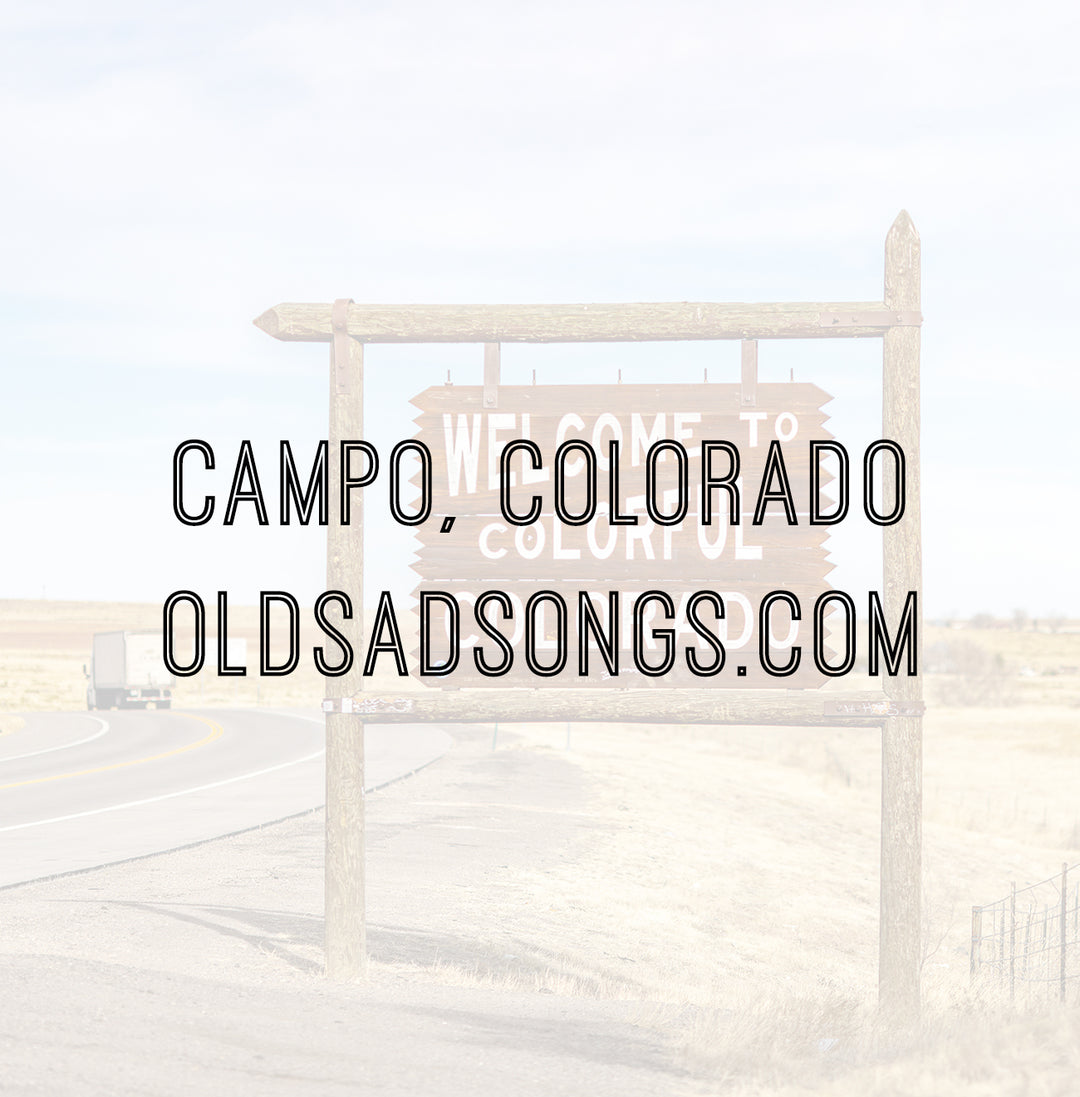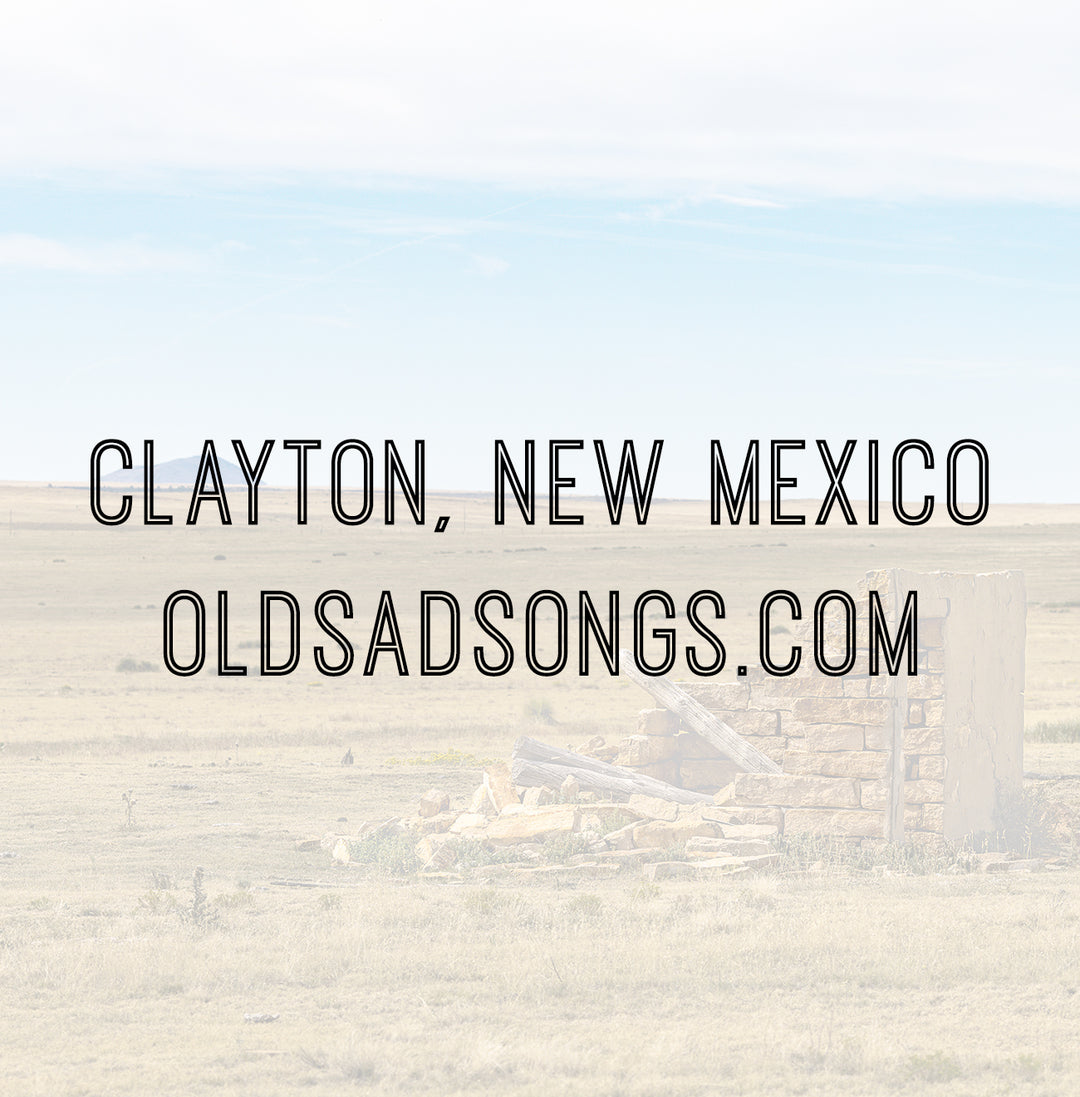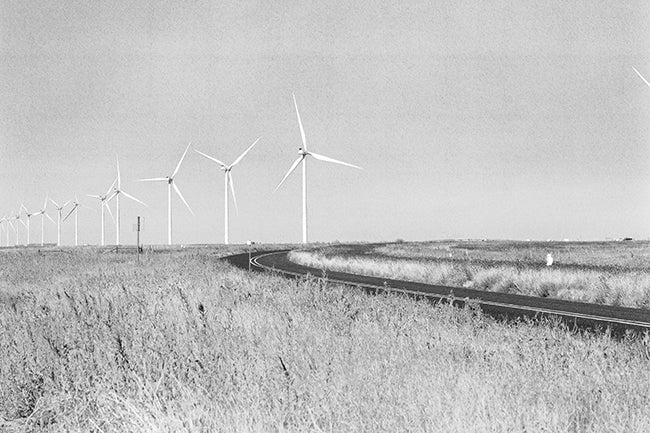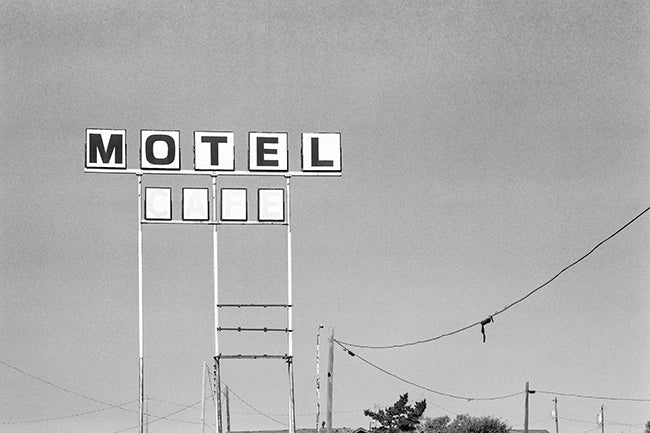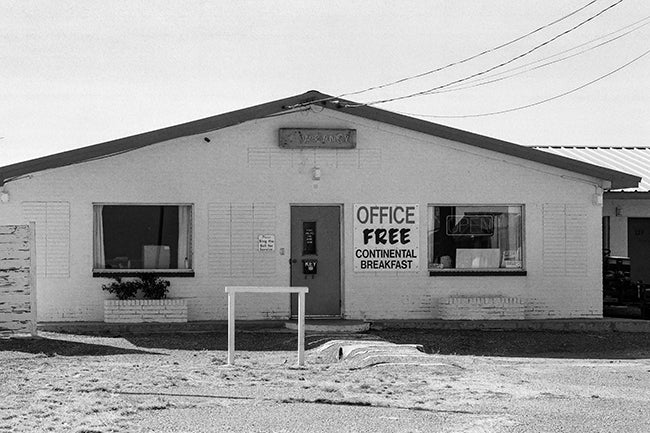Clayton, New Mexico
HISTORY
Welcome to Clayton, New Mexico
Embrace The Spirit.
Clayton, New Mexico, is located in Union County at US Highways 87 and US Highway 412 and is the county seat. Named for Senator Stephen W. Dorsey's son, Clayton is near Rabbit Ears Mountain, which served as a notorious landmark on the Cimarron Route of the Santa Fe Trail.
In the 1860s, the Goodnight-Loving Trail brought cattle from Texas through Clayton before the Fort Worth and Denver City Railroad came through in 1888. So, in anticipation of the railroad, a townsite was plotted, establishing Clayton in 1887. By the end of the 19th century, numerous hotels, saloons, and game rooms were operating in town.
Like many other towns on the Great Plains, the Dust Bowl and Great Depression profoundly affected Clayton. Investments from the Works Progress Administration (WPA) helped renew the community while "black rollers" changed the landscape.
PHOTOS
Sights Around Clayton, New Mexico
Ready to decorate your walls? Click 'Buy Now' below your favorites to see pricing and learn more.

CANON EOS R5 & CANON EF 35MM F/1.4L
Crossing The Cimarron Desert
William Becknell, considered by many to be the father of the Santa Fe Trail, first traveled to Santa Fe, New Mexico, with packhorses along a mountainous route in 1821. On his return from Santa Fe, he cut across the Cimarron Desert, which shortened travel by over 100 miles.
When Becknell decided to make a second journey to Santa Fe, he chose only to take the route through the Cimarron Desert. What would become known as the Cimarron Route of the Santa Fe Trail was important because it allowed for travel by wagons instead of packhorses, as the mountain trail wasn't wide enough for wagons.
Today, this is a modern view of the landscape one would see while crossing the Cimarron Desert near Clayton, New Mexico.

CANON EOS R5 & CANON EF 135MM F/2L
Union County Adobe Ruins
Not far from where wagon wheel ruts remain embedded in the earth from the Cimarron Route of the Santa Fe Trail near Clayton, New Mexico, these adobe ruins remind us of generations past.
Adobe comes from a time when buildings were composed of earth and organic materials. Structures made from adobe are very durable, and as a result, they account for some of the oldest buildings in the world. The indigenous people of the American Southwest had built buildings with adobe for thousands of years.
Have you ever seen wagon wheel ruts dating back to the mid-1800s?


